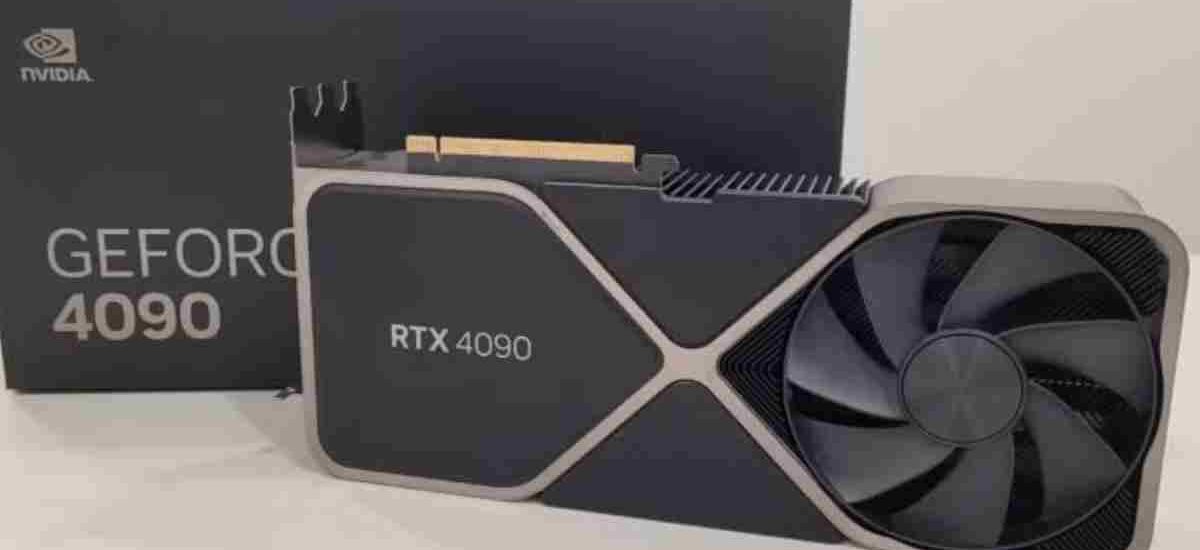In the world of computing, particularly in graphics and gaming, the term “video memory” or VRAM (Video Random Access Memory) holds significant importance. Essentially, VRAM is a special type of memory used by the GPU (Graphics Processing Unit) to store image data and graphical information that is being processed or will be displayed on the screen. When you’re playing a game, watching a high-definition video, or rendering complex 3D scenes, VRAM acts as a high-speed buffer that allows the GPU to access data faster and more efficiently.
Unlike system RAM, which handles all kinds of general tasks, VRAM is specifically optimized for handling visual data. This includes textures, frame buffers, shaders, and more. The more VRAM you have, the more visual data your system can store locally, reducing the need to access slower system memory and thereby improving performance.
History of Video Memory (VRAM)
The concept of VRAM dates back to the early days of computer graphics, when display hardware was rudimentary, and screen resolutions were limited. Initially, computers didn’t even have a dedicated graphics memory. All graphic computations shared the system’s main memory, which led to severe performance bottlenecks.
With the rise of graphical user interfaces (GUIs) and early computer games in the 1980s, there arose a need for a faster and more dedicated solution for handling visual data. This gave birth to VRAM. IBM is credited with introducing the first dedicated VRAM chip in the mid-1980s, which allowed for better graphics rendering capabilities by creating a dual-ported memory system. This meant that the memory could be accessed by both the CPU and the display hardware simultaneously, a revolutionary step at the time.
As graphics demands increased—especially with the advent of 3D gaming and high-resolution displays—VRAM technology evolved significantly. Companies began developing different kinds of VRAM to keep up with the ever-growing need for higher bandwidth and faster access speeds.
Types of Video Memory
Over time, several types of VRAM have been developed, each with its own unique characteristics and performance benefits. Let’s explore some of the most notable ones.
1. Multibank DRAM (MDRAM)
MDRAM, developed by MoSys, is a type of VRAM that is divided into multiple 32 KB memory banks. Each bank can be accessed independently, which allows for parallel data access and improved memory throughput. This design significantly enhances the overall performance by reducing the waiting time for accessing different parts of memory.
MDRAM was relatively cost-effective and offered better performance than some earlier types of video memory. However, it required special support from the graphics card manufacturer, limiting its adoption in the mainstream market.
2. Rambus DRAM (RDRAM)
RDRAM was developed by Rambus Inc. and was once considered a promising memory technology for both system and video memory applications. It provided high bandwidth and fast access speeds, which made it appealing for graphics-intensive tasks.
Despite its advantages, RDRAM was expensive to produce and required proprietary memory controllers. These limitations, along with the emergence of cheaper and more compatible alternatives like DDR SDRAM, led to its decline in popularity.
3. Window RAM (WRAM)
WRAM is another high-performance VRAM that was designed to be faster and more cost-effective than conventional VRAM. It features dual-ported architecture and allows simultaneous reading and writing operations. WRAM also supports block write and buffer write capabilities, which are especially useful for rendering operations.
Despite its performance advantages, WRAM has largely been phased out in favor of more advanced types of memory like GDDR (Graphics DDR) variants.
Uses of Video Memory
Video memory is primarily used to store and manage all the graphical data required to render images, videos, and interactive content. Some of the most common uses of VRAM include:
- Texture Storage: High-resolution textures used in games and 3D applications are stored in VRAM to ensure fast access and rendering.
- Frame Buffers: These store image data for each frame being rendered before it is displayed.
- Z-Buffers and Stencil Buffers: Used in 3D graphics to manage image depth and ensure that objects are rendered in the correct order.
- Shader Programs: Small programs that run on the GPU to determine how pixels and vertices are processed.
- Display Resolution and Refresh Rates: Higher resolutions and refresh rates require more video memory to process large amounts of data quickly.
In essence, VRAM is the lifeblood of any visually intensive application or game.
Importance of Video Memory (VRAM) in Gaming
In the gaming world, VRAM plays a crucial role in ensuring a smooth and immersive experience. Here’s why VRAM is essential for gamers:
1. High-Resolution Textures
Modern games often use ultra-high-resolution textures to create realistic environments. These textures can consume several gigabytes of VRAM. If your system lacks sufficient VRAM, the game will either lower the texture quality or rely on slower system RAM, leading to lag or stuttering.
2. Higher Screen Resolutions
Gaming at 1080p, 1440p, or 4K requires significantly more video memory. Each increase in resolution means the GPU has to process and store more pixel data, increasing VRAM requirements.
3. Real-Time Rendering and Effects
Features like ray tracing, dynamic lighting, and advanced physics simulations all rely heavily on VRAM. Insufficient VRAM can lead to slower rendering and a less responsive gaming experience.
4. Multi-Monitor Setups and VR
If you’re using multiple monitors or a VR headset, your VRAM needs increase further. These setups require more graphical data to be processed simultaneously, putting additional pressure on the available video memory.
How to Increase Video Memory (VRAM)
While VRAM is typically fixed and determined by your GPU, there are a few ways to optimize or increase it, especially for integrated graphics systems.
1. BIOS Settings
Many systems with integrated GPUs allow you to allocate more system RAM to be used as VRAM through the BIOS settings. This won’t be as fast as dedicated VRAM, but it can help improve performance in less demanding applications.
2. Upgrade to a Dedicated GPU
The most effective way to increase VRAM is to invest in a discrete graphics card with higher VRAM. For example, upgrading from a 4GB GPU to an 8GB or 12GB GPU can significantly improve gaming and rendering performance.
3. Optimize Game Settings
Reducing texture quality, shadow resolution, and other graphics settings can help minimize VRAM usage. This is especially helpful when your GPU is close to its VRAM limits.
4. System RAM Upgrade (for Integrated GPUs)
If you’re using integrated graphics, upgrading your system RAM can indirectly boost performance since more memory can be shared between the CPU and GPU.
5. Driver and Software Optimization
Ensure your GPU drivers are up to date. Manufacturers often release performance optimizations and better memory management with new driver updates.
Conclusion
VRAM is an essential component for any graphics-intensive task, especially in gaming, video editing, and 3D rendering. Over the years, it has evolved from basic shared memory concepts to highly specialized, high-speed memory modules designed specifically for handling visual data.
Understanding the different types of VRAM and how they impact performance can help you make better decisions when building or upgrading your PC. Whether you’re a gamer, a creative professional, or just a tech enthusiast, knowing the ins and outs of video memory ensures you get the best visual experience from your hardware.
Always remember: more VRAM doesn’t always mean better performance, but having the right amount for your specific use case can make a world of difference.






